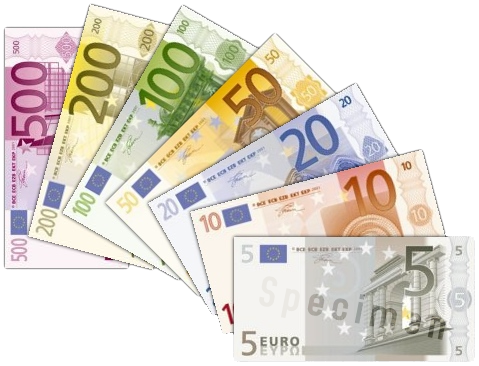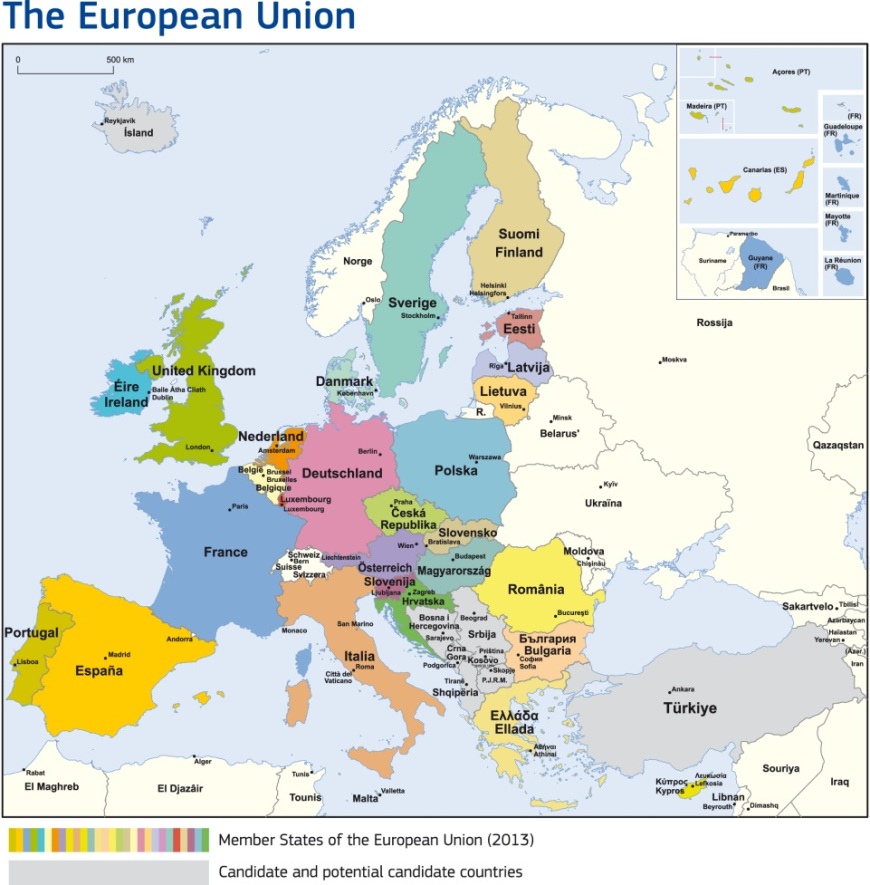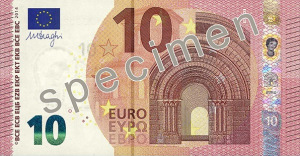Economic Integration
The European Coal and Steel Community (ECSC) proved to be a success, which motivated European states to form an even closer partnership. In 1957, the six members of the ECSC established the European Economic Community (EEC) with the aim of building a European common market in the long run. In practice, it means customs duties over a large variety of goods were to be gradually eliminated and cross-border paperwork were to be simplified. Attracted by the prospect of a European common market, more and more European countries joined the EEC: Denmark, Ireland and the UK in 1973; Greece, Portugal and Spain in the 1980s, shaping the European common market as the one that we know today. It is of great importance to Europe as well as to the whole world.
In 1993, the EEC was renamed the European Union (EU), which now has 28 member states.
Read more
Example: Euro as a common currency
Euro is the most visible product of economic integration in Europe. Officially introduced as currency in 2002, Euro has since then replaced German mark, French franc, Dutch gulden, Italian lira and 14 other European currencies*. On 1st Jan 2015, Lithuania will become the 19th country that uses euro as its local currency.
What does euro have to do with globalization? Here are some of the benefits of using euro as a common currency**:
- It saves time and money as there is no longer need for currency exchange, making trade more convenient. (relevant to characteristic (2) of globalization: encourage free movement of people and goods)
- Euro’s stability is guaranteed by the powerful European Central Bank. Small eurozone states can especially take advantage of it as foreign investors will feel more secure to do business there. (relevant to characteristic (1): close cooperation among states so as to maximize their own influence and interests)
- Euro is now the world’s second largest reserve currency just after U.S. dollar. It greatly increases the presence of the EU in international affairs. (relevant to characteristic (1))
- It helps construct a European identity, making contact between European countries easier. (relevant to characteristic (2))
The European Central Bank is a supranational institute. Its main duty is keep Euro’s inflation rate at a reasonable level by carrying out appropriate monetary policy.
*The eurozone now includes the following countries: Austria, Belgium, Finland, France, Germany, Greece, Ireland, Italy, Luxembourg, the Netherlands, Portugal, Slovenia, Spain, Malta, Cyprus, Slovakia, Estonia and Latvia.
**Euro as a common currency also has its own weaknesses as revealed clearly in the eurozone crisis in 2009. We only mention it briefly because it is of little reference to us here. If you wish to know more, watch this video for reference.
Read more
Cover photo source: Wikicommons



